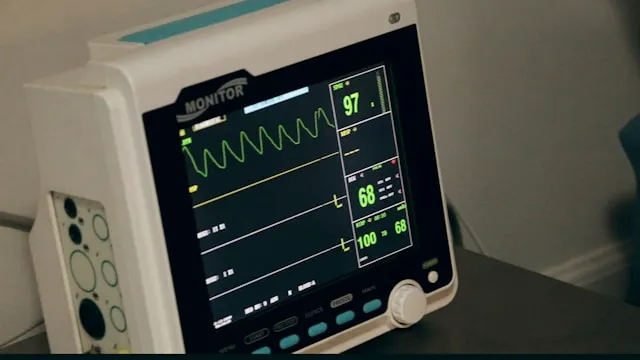Both heart attacks and cardiac arrest are severe heart-related events that can mean a person's life is in danger. However, even though heart attack and cardiac arrest are often used interchangeably and can be related, the two conditions are completely different.
A Closer Look at a Heart Attack
In any case, a heart attack (myocardial infarction) is an issue with the circulation of oxygenated blood through all vital parts of the heart. Without the proper blood flow, the affected section of the heart can begin to degrade quickly, and the tissue can die. A heart attack can have a few underlying mechanisms of action taking place. Even more noteworthy, a heart attack can come about slowly over the course of a few days or even weeks but can also happen almost without warning. For one, buildup in the arteries may block blood flow. The arteries that feed blood to and through the heart can accumulate fatty deposits over time due to cholesterol buildup. The fatty deposits trigger white blood cells to gather in the area, and, in turn, plaque starts to form. Over time, the accumulation of fatty deposits and white blood cells leads to the narrowing of the arteries or coronary artery disease (CAD). If blood flow is severely restricted or stopped due to CAD, a heart attack can occur. Another cause of heart attack is a severe heart muscle spasm or contraction, interrupting oxygen-rich blood flow to some parts of the heart.Heart Attack Signs and Symptoms
An individual can potentially be in the middle of having a heart attack and still be responsive. Their heart can actually still be partially functioning and beating. Therefore, the signs of a heart attack may not always be so blatantly obvious. A few symptoms or signs of a heart attack include:- Shortness of breath
- Fatigue
- Feeling dizzy or lightheaded
- Cold sweats
- Abdominal pain, indigestion, heartburn, or nausea
- Sensations of pressure, pain, tightness, or aching in the chest, neck, arms, back, or jaw
What to Do If Someone Has a Heart Attack
If you are with someone you suspect is having a heart attack, acting quickly is vital. The longer the heart is left without proper blood flow, the more damage can be done. Remember these tips:- Call for help by dialing 9-1-1 immediately
- Help the person get into a resting position while you wait for help to arrive
- Continue to talk to the person and monitor their breathing
A Closer Look at Cardiac Arrest
Cardiac arrest is caused by a malfunction of the heart's electrical system that causes the heart to suddenly stop functioning. In general, the condition causes the heart to stop, which means oxygen and blood cannot be pumped to the rest of the vital organs, such as the lungs and brain. While the causes of sudden cardiac arrest can vary, some level of arrhythmia (abnormal heart rhythm) is usually to blame. In some cases, arrhythmia is brought on by a heart attack, but not always; several other conditions can lead to dysfunctional heart rhythms, such as an enlarged heart or a heart defect. Without immediate intervention, an individual experiencing sudden cardiac arrest can die in just a few minutes.Cardiac Arrest Signs and Symptoms
Unlike a heart attack, which may or may not offer sudden or blatant symptoms, cardiac arrest can bring about immediate and highly noticeable symptoms, such as:- Losing consciousness
- No breathing
- Lack of pulse
- Sudden collapse
- Chest pain
- Heart palpitations
- Weakness
- Shortness of breath
What to Do If Someone Is Experiencing Cardiac Arrest
When a cardiac arrest happens, everything in the person's body is deprived of oxygen and blood it needs to survive. Intervening with life-saving assistance as quickly as possible can make all the difference. If you suspect someone is experiencing cardiac arrest:- Call 9-1-1 immediately
- Begin CPR with chest compressions (at least 100 compressions per minute)
- Use a portable AED if available
Minutes Matter After a Heart Attack or Cardiac Arrest
Whether an individual is experiencing a heart attack or cardiac arrest, acting quickly is extremely important. While cardiac arrest can be more critical, a heart attack could lead to cardiac arrest. To make sure you know what to do during either cardiac event, be sure to get familiar with the basics of CPR and using a portable AED device.
Reviewed by







